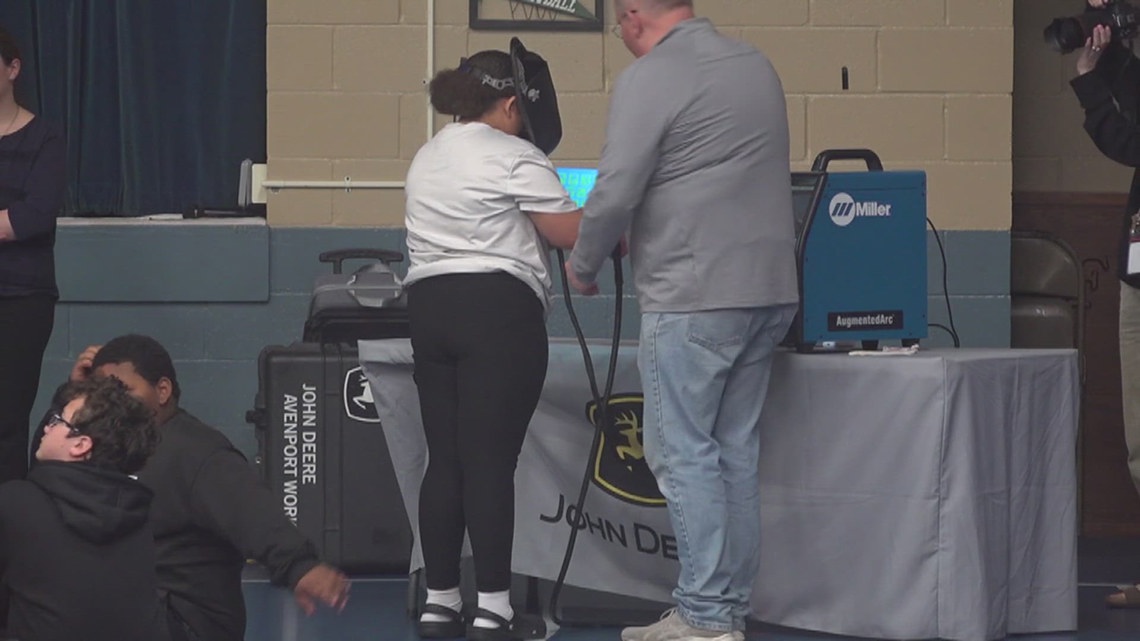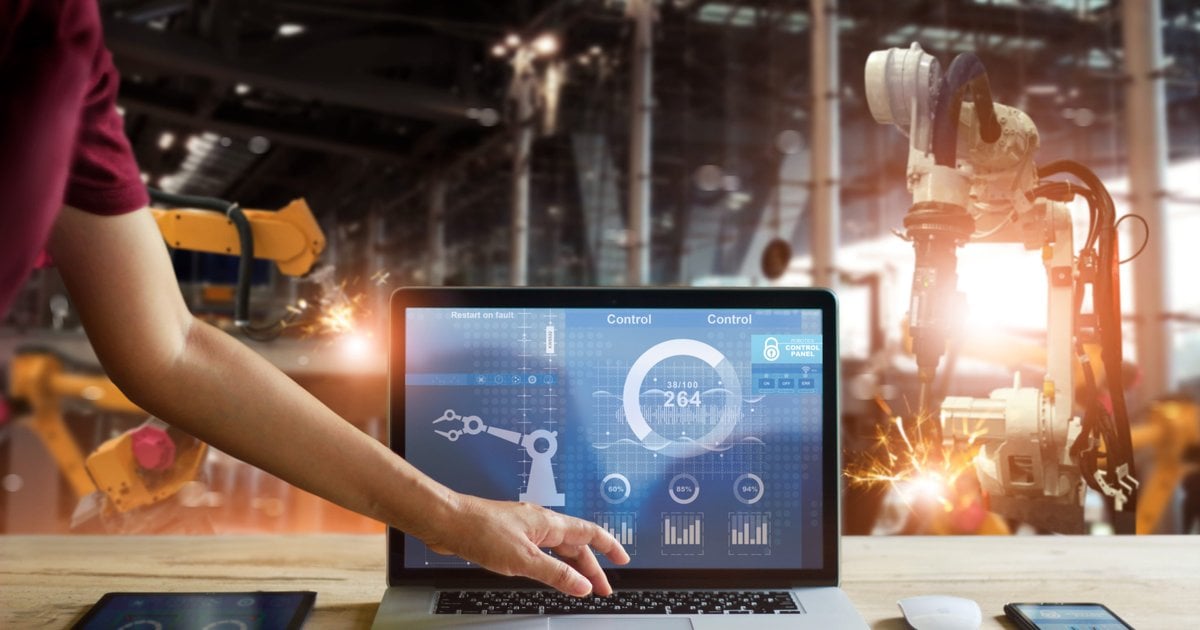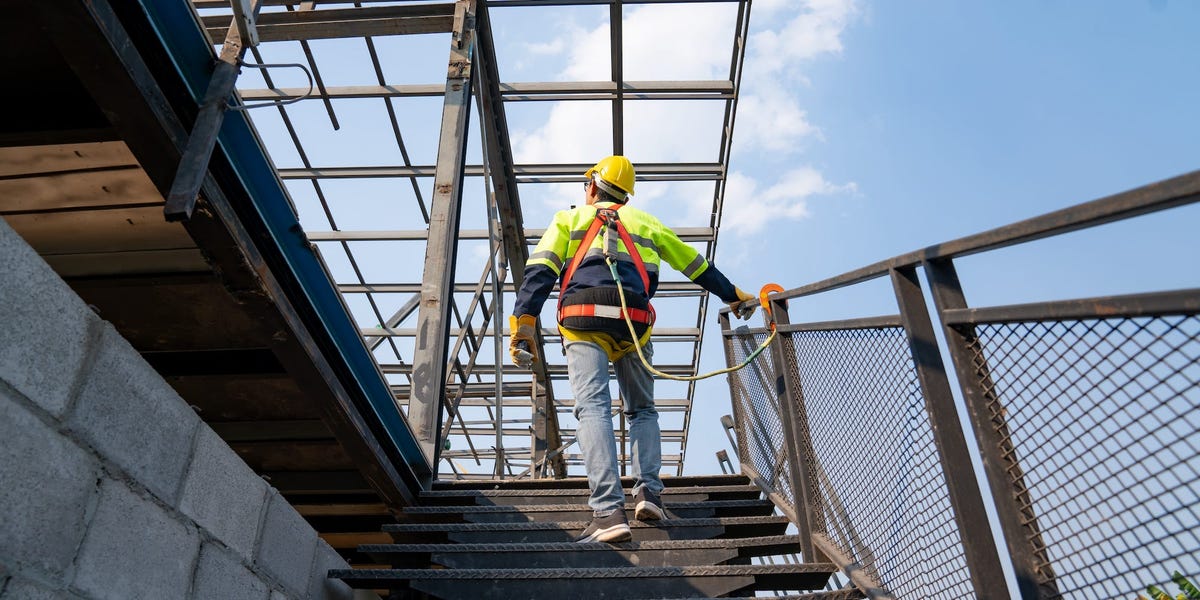Made in America: The Factory Floor Truth Behind Political Promises
Manufacturing
2025-04-04 09:00:00Content

Contrary to popular political narratives, the story of American manufacturing is far more nuanced and hopeful than the doom-and-gloom rhetoric suggests. While many politicians claim that the United States has lost its industrial might, the reality is a complex and dynamic landscape of innovation, adaptation, and resilience.
The perception of a "hollowed-out" manufacturing sector is a simplistic view that fails to capture the remarkable transformation happening across American industries. Instead of disappearing, manufacturing is evolving, embracing cutting-edge technologies, advanced automation, and sophisticated production techniques that are redefining what it means to make things in the 21st century.
From high-tech aerospace components to precision medical equipment, American manufacturers are not just surviving but thriving in a global marketplace. They are leveraging innovation, skilled workforce training, and strategic investments to maintain a competitive edge that goes far beyond traditional manufacturing paradigms.
The narrative of industrial decline overlooks the incredible adaptability and ingenuity of American workers and businesses. Rather than being victims of globalization, many U.S. manufacturers are becoming global leaders, proving that innovation and strategic thinking can transform challenges into opportunities.
American Manufacturing: The Resilient Giant Defying Global Expectations
In an era of rapid global economic transformation, the United States manufacturing sector stands as a testament to innovation, adaptability, and economic resilience. Contrary to popular narratives of decline, American industrial capabilities continue to evolve, challenge preconceived notions, and demonstrate remarkable strength in a complex international marketplace.Transforming Perceptions: The Real Story of American Industrial Power
The Myth of Industrial Decline
The persistent narrative of American manufacturing's demise represents a profound misunderstanding of the sector's dynamic nature. Contrary to widespread beliefs, the United States continues to be a global manufacturing powerhouse, leveraging technological innovation, advanced automation, and strategic economic policies. Modern manufacturing has transcended traditional paradigms, integrating cutting-edge technologies like artificial intelligence, robotics, and advanced computational systems to maintain competitive advantages. Sophisticated manufacturing ecosystems have emerged across multiple regions, demonstrating remarkable adaptability. From advanced semiconductor production in Arizona to precision engineering in Michigan, American manufacturers have consistently reinvented themselves, responding to global challenges with unprecedented creativity and technological prowess.Technological Revolution in Manufacturing
The contemporary manufacturing landscape represents a radical departure from historical models. Advanced technologies have fundamentally transformed production methodologies, enabling unprecedented levels of efficiency and precision. Artificial intelligence and machine learning algorithms now optimize production processes, reducing waste and enhancing productivity in ways previously unimaginable. Robotics and automation have become integral components of modern manufacturing strategies, allowing companies to maintain high-quality standards while managing labor costs. These technological interventions represent not a replacement of human workers, but a sophisticated augmentation of human capabilities, creating more complex and intellectually demanding roles within industrial environments.Global Competitiveness and Strategic Positioning
American manufacturers have strategically repositioned themselves in the global economic ecosystem. Rather than competing solely on labor costs, the United States has focused on high-value, technologically sophisticated manufacturing segments. Aerospace, advanced electronics, medical technologies, and precision engineering represent domains where American expertise remains unparalleled. Strategic investments in research and development, coupled with robust intellectual property protections, have enabled American companies to maintain leadership in critical technological domains. The ecosystem of innovation, supported by world-class research institutions and venture capital networks, continues to generate groundbreaking manufacturing capabilities.Economic and Workforce Transformation
The evolution of manufacturing has profound implications for workforce development and economic structures. Modern manufacturing jobs require increasingly sophisticated skill sets, combining technical expertise with digital literacy. Educational institutions and industry partnerships have emerged to address these changing requirements, creating robust training programs that prepare workers for the technological challenges of the 21st century. Workforce reskilling has become a critical strategy, with companies and government agencies collaborating to develop comprehensive training initiatives. These efforts ensure that American workers remain competitive in an increasingly complex global manufacturing environment, bridging traditional industrial skills with emerging technological competencies.Sustainable Manufacturing and Future Outlook
Sustainability has emerged as a critical consideration in contemporary manufacturing strategies. American companies are increasingly integrating environmental considerations into their production methodologies, developing innovative approaches that balance economic efficiency with ecological responsibility. Renewable energy technologies, circular economy principles, and advanced materials science are reshaping manufacturing paradigms. These developments position the United States at the forefront of sustainable industrial innovation, creating new opportunities for economic growth and environmental stewardship. The narrative of American manufacturing is not one of decline, but of continuous transformation, resilience, and strategic reinvention. As global economic landscapes shift, the United States remains a dynamic, innovative force in industrial production, challenging simplistic narratives and demonstrating remarkable adaptability.RELATED NEWS
Manufacturing
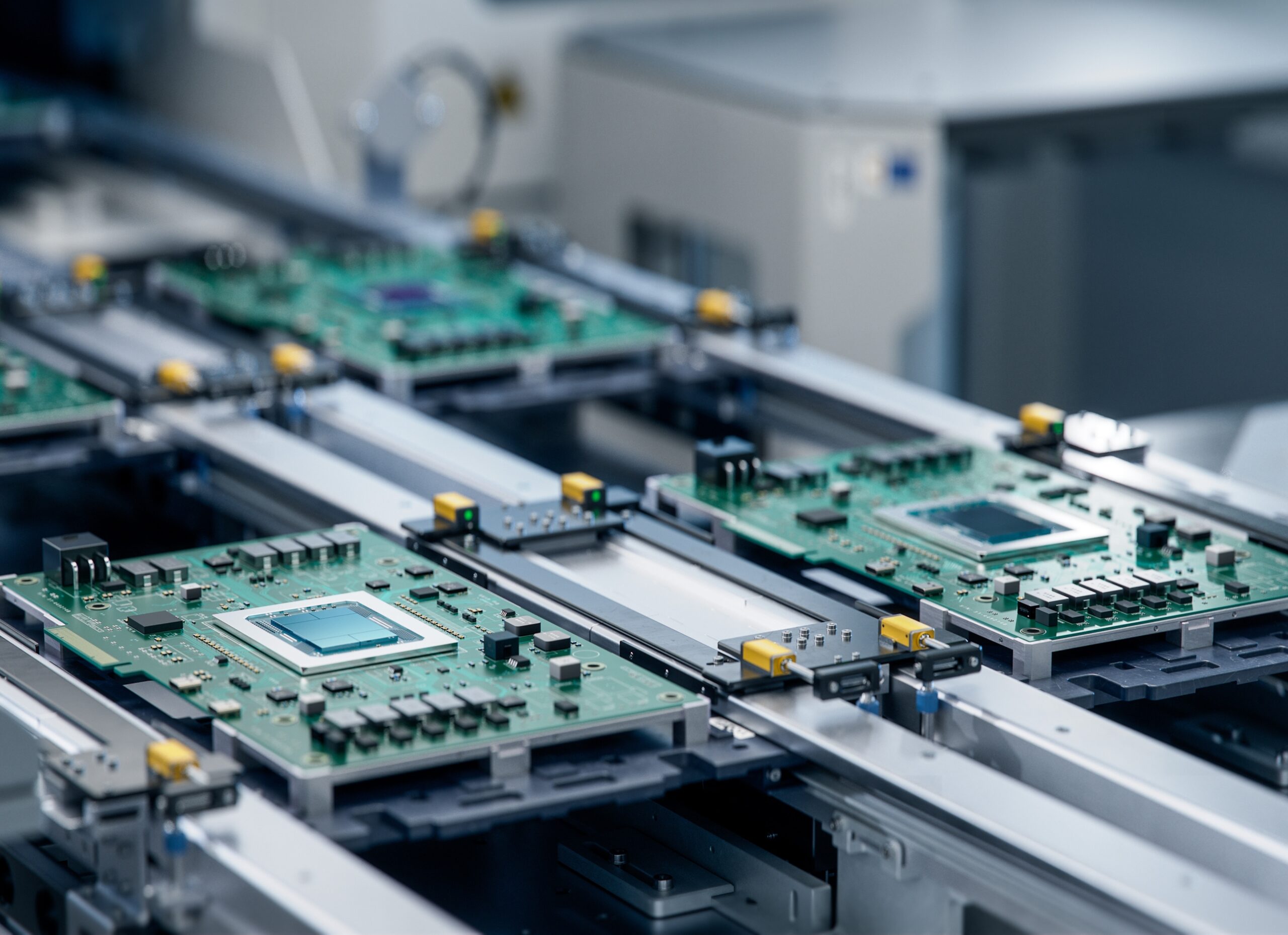
Chip Titan Doubles Down: $100 Billion Bet on American Manufacturing Reshores Tech Future
2025-03-04 21:00:35
Manufacturing
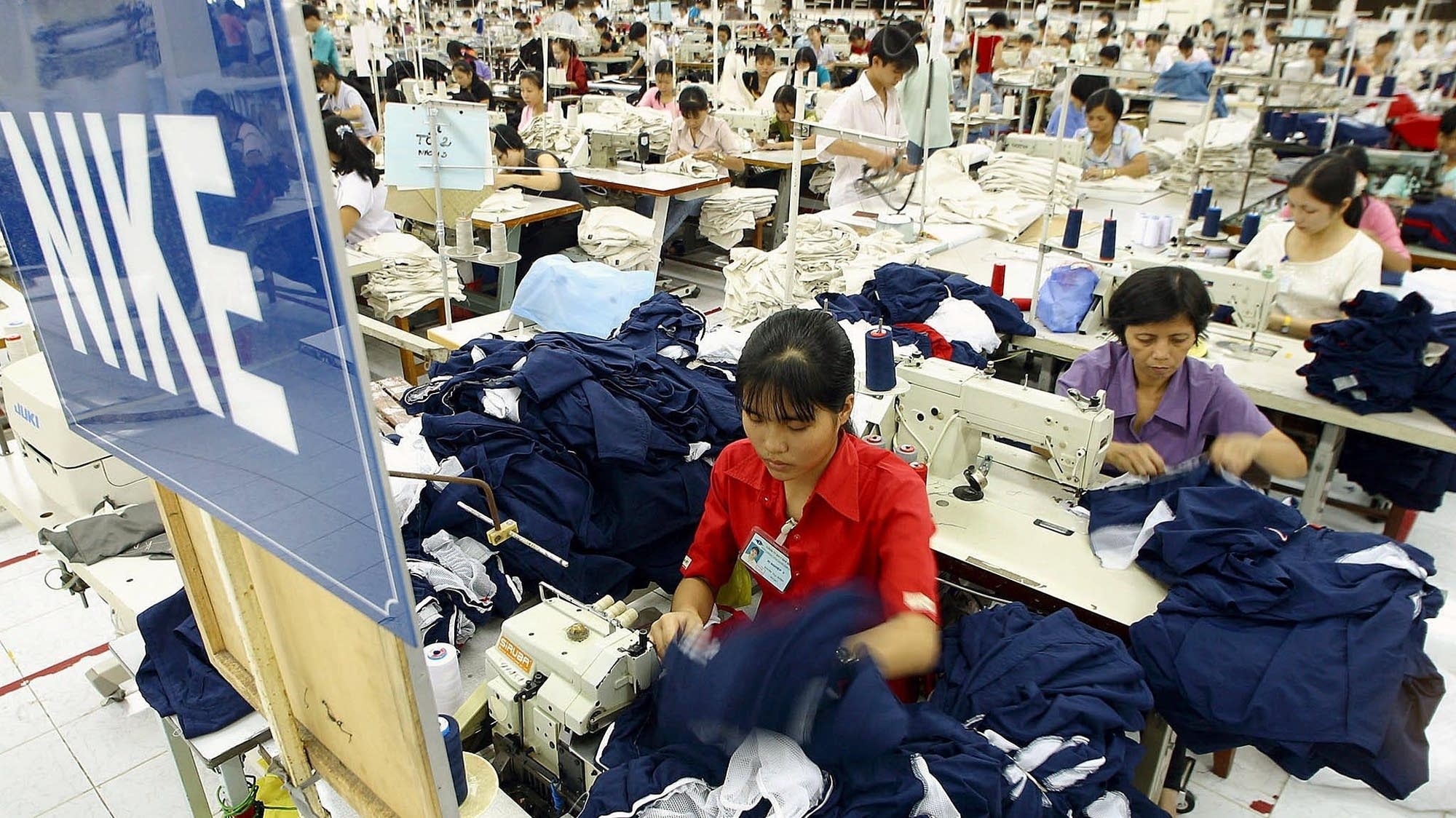
Reshoring Roulette: Nike's Bold Gamble to Bring Manufacturing Back Home
2025-05-03 00:00:00
Manufacturing
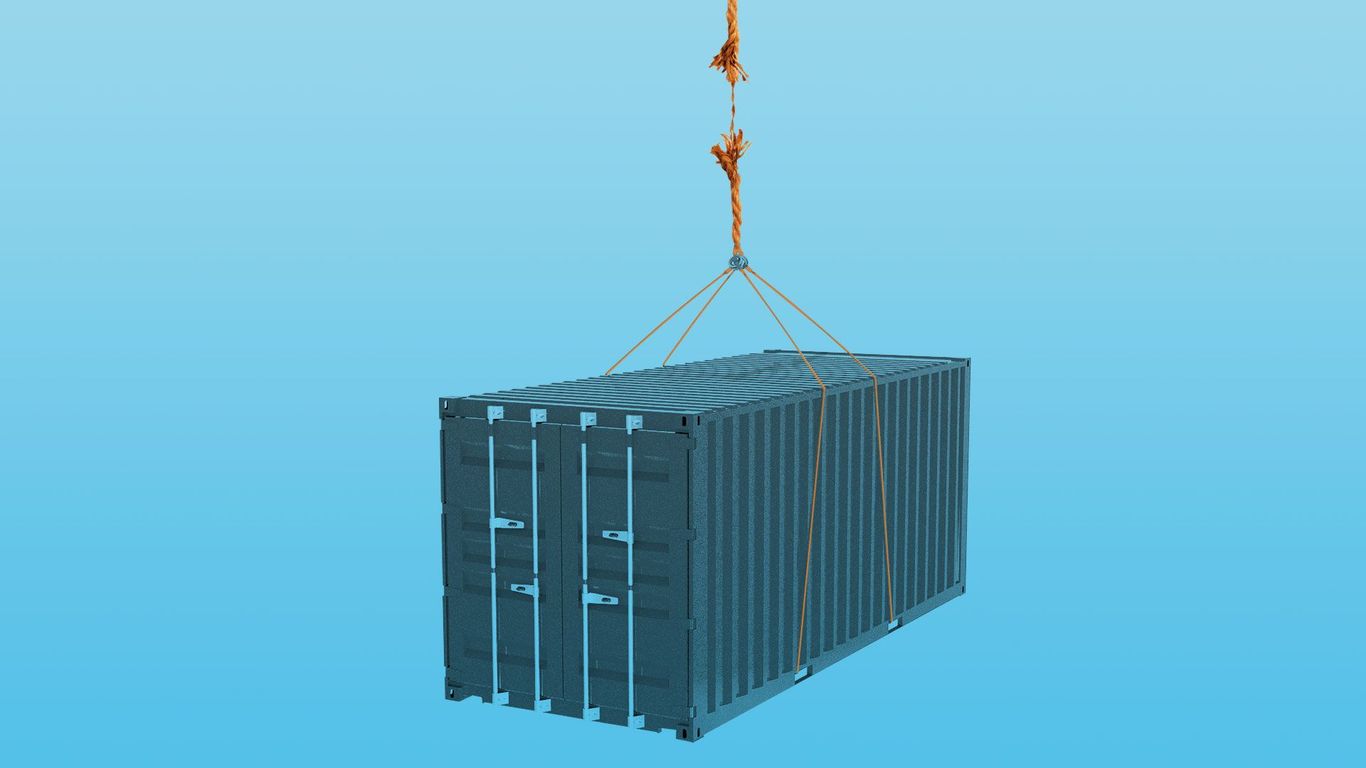
Trade War Tremors: How Trump's Tariffs Are Squeezing American Manufacturing
2025-04-18 15:55:00
